WITH MORE THAN A CENTURY of combined experience at the frontiers of technology, business and science, our team of researchers, editors, doctors and designers set out to explore future scenarios in what we consider the most fascinating, important, complex and, ultimately, personal topic there is: medicine.
Our goal for this project is more practical than simply unveiling startling scenarios from the next twenty years. By highlighting the emergent forces that will precipitate the changes illustrated here, we hope to give our readers a framework and a set of tools that will help them team up with one another to build bridges—bridges connecting today’s dynamic and uncertain reality to some of the massively beneficial future states laid out here. But first, and just as importantly, we hope the report will serve as the catalyst to spark the initial conversations that give rise to those bridge-building collaborations.
One of the initial mysteries we encountered: with so many of the world’s best minds hard at work developing technologies and practices to improve healthcare, why should the industry lag behind others in taking advantage of the breakthroughs currently fueling progress in so many other industries? The answer, as most healthcare practitioners and entrepreneurs can attest, is that regulatory policy, insurance economics and many other unique factors make innovation more difficult in medicine than in any other field.
As we compared notes over months of interviews, conferences and research, the surprises came frequently. The common theme was speed: how quickly ordinary people are embracing the concept of genetic engineering; the acceleration of machine learning’s role in diagnostics; the rapidly changing job outlook for the medical practitioner workforce; the speed and diversity of medical innovation happening in developing areas around the world.
Among the most profound realizations that occurred to our team: at the same time as advanced imaging technology gives us an increasingly clear picture of our present physiological status, the convergent trio of genomics, big data and predictive analytics gives us an increasingly clear line of sight into both our biological past and future. When coupled with advanced technology, DNA turns out to be that most elusive of science fiction plot devices: a working time-travel mechanism.
HOW TO USE THIS REPORT
We’ve designed the Future of Medicine report to be useful and challenging whether you’re dipping into it for quick insights or taking a deep dive. However, we’d recommend starting with the Forces of Change, which lays out the technological and social currents we see shaping the future landscape. Then, to get an idea of our methodology, read on to Prediction Array for a set of example scenarios and a description of how our team goes about probing the future. After that, dive into the main sections of the report, letting your curiosity be your guide.
The final step: share and discuss the report. Our hope is that the ensuing conversation and debate will serve to help the industry’s leaders navigate past the obstacles presented by our rapidly changing environment and create a future that improves lives around the world.
Josh McHugh, Editor in Chief, Attention Span FWD Group
Po Bronson, Senior Editor, Attention Span FWD Group
Chris Cowart, Executive Editor, Attention Span FWD Group
SPECIAL THANKS
Jeremy M. Jacobs; Bruce K. Moskowitz, MD; Satish Tripathi, PhD; Kenneth Snyder, MD; Jody Lomeo; Candace Johnson, PhD; Thomas Lombardo, MD; Matt Enstice; Joe McDonald; Kenneth Pearsen, MD; James Kelly; Dan Zimmer; Todd Merry; Katie Gorman; Bill Gresser; Bill Maggio; Will Kushner; Kenneth Trauner, MD; Sandeep Giri; Jim Robinson and Raju Rishi; Luke Bonney and Niko Skievaski; Sean Lane; Jessica Mega, MD; Karen Horgan; Daniel Burnett, MD; Joon Yun, MD; Arvind Gupta; Mudit Garg; David Maltz; Sumbul Desai, MD; Eliot Lazar, MD; Arthur Reingold, MD; Julie Parsonnet, MD; Andrea Cheville, MD; Malay Gandhi; Bradley Thomas; Christopher Zachary, MBBS; Andrew Blau; Jonathan Mindes; FutureDeluxe; Scripps Translational Science Institute; San Francisco Writers’ Grotto.
